Results 10,991 to 11,000 of 12091
Thread: Anandtech News
-
01-26-21, 12:56 PM #10991
Anandtech: Intel Teases Ponte Vecchio Xe-HPC Power On, Posts Photo of Server Chip
In what’s turning into an Xe sort of day, Intel’s GPU guru and frontman for their GPU division, Raja Koduri, has tweeted that the company is getting ready to begin power on testing for their forthcoming high-end server GPU, the Xe-HPC based Ponte Vecchio. And along with this announcement, Koduri has also posted a somewhat redacted photo of the sizable chip.
Xe HPC ready for power on!According to Koduri, Ponte Vecchio incorporates “7 advanced silicon technologies,” likely referring to everything from the four different process nodes used to make the chiplets, to memory stacks, and including the Foveros packaging.
7 advanced silicon technologies in a single package
Silicon engineers dream
Thing of beauty @intel pic.twitter.com/RF8Prsy05f
— Raja Koduri (@Rajaontheedge) January 26, 2021
Ponte Vecchio is a keystone project for Intel’s GPU division. Along with being the largest and grandest of their Xe GPUs, the chip will be at the heart of the Aurora supercomputer, Intel’s most recent supercomputer win. So a lot is riding on the chip, and no doubt Intel’s engineers are eager to see a successful power-on test.
More...
-
01-26-21, 05:24 PM #10992
Anandtech: AMD Reports Q4/FY 2020 Earnings: Record Revenues Repeat
Needing no introduction, AMD this afternoon is the second of the PC chip titans to announce their earnings for the quarter and for the full 2020 calendar year. The company has continued to ride high on the success of its Zen architecture-based CPUs and APUs, as well as the recent launch of the Playstation 5 and Xbox Series X|S. As a result, these products have propelled AMD to another record quarter and another record year, as the company continues to hit revenue records while recording an increasingly tidy profit in the process.
For the fourth quarter of 2020, AMD reported $3.24B in revenue, a 53% jump over the same quarter a year ago. As a result, Q4’2020 was (once again) AMD’s best quarter ever, built on the back of strong sales across virtually the entire company. And AMD’s gross margin has held steady at 45%, the same as Q4’19.
Meanwhile, in what was already a strong quarter for the company, AMD also realized some one-off gains related to an income tax valuation allowance, which added another $1.3B to AMD’s net income. As a result, the company booked a massive profit of $1.78B for the quarter alone. Otherwise, excluding that one-off gain and looking at AMD’s non-GAAP results, the company still booked 66% more in net income in Q4’20 than they did the year-ago quarter. So not only is AMD pulling in record revenues for the quarter, but that is translating into much higher profits as well.
As for AMD’s full-year earnings, the company has been having strong quarters all year now, so unsurprisingly this is reflected in their full-year results. Overall, for 2020 AMD booked $9.76B in revenue, which was an increase of 45% over 2019, and once again a record for the company. Amusingly, AMD’s gross margin for the entire year was also 45%, which is one percentage point higher than 2019’s.AMD Q4 2020 Financial Results (GAAP) Q4'2020 Q4'2019 Q3'2020 Y/Y Q/Q Revenue $3.2B $2.1B $2.8B +53% +16% Gross Margin 45% 45% 44% Flat +1pp Operating Income $570M $348M $449M +64% +27% Net Income $1781M* $170M $390M +948% +357% Earnings Per Share $1.45 $0.15 $0.32 +867% +353%
Like AMD’s quarterly results, their full-year results are also distorted a bit by their one-off tax benefit. By GAAP standards AMD booked an incredible $2.49B in net income for 2020. However removing that tax benefit brings their net income down to around $1.4B – or a non-GAAP $1.56B – which is still a huge year-over-year increase in profitability for the company, more than doubling their 2019 non-GAAP performance. Despite AMD’s gross margin only improving by a single point, AMD is increasingly enjoying the benefits of scale, with record-breaking product shipments turning into profits for the company.
Moving on to individual reporting segments, 2020 marks an interesting year for AMD given the company’s unusual split into two major segments. Normally AMD’s Compute and Graphics segment is by far and away the flag bearer for the company’s earnings, but the launch of the latest generation of consoles, combined with ever-improving EPYC sales, means that the Enterprise, Embedded and Semi-Custom segment also saw a very strong quarter.AMD FY 2020 Financial Results (GAAP) FY 2020 FY 2019 FY 2018 Y/Y Revenue $9.8B $6.7B $6.5B +45% Gross Margin 45% 43% 38% +2pp Operating Income $1369M $631M $451M +117% Net Income $2490M* $341M $337M +630% Earnings Per Share $2.06 $0.30 $0.32 +587%
For Q4’20, AMD’s Computing and Graphics segment booked $1.96B in revenue, an 18% improvement over the year-ago quarter. According to the company, the biggest contributor to the increase here is strong sales of Ryzen processors. AMD does not break down the numbers by chip sales volumes, but Ryzen chip average selling prices (ASPs) themselves were actually down year-over-year, which AMD attributes to increased (and record) Ryzen mobile sales. The recent release of AMD’s Ryzen 5000 desktop CPUs did bring up ASPs on a quarterly basis, but Ryzen 5000 CPUs as a small piece of a larger whole, especially as they remain in short supply.
As for AMD’s GPU operations, the company reports that Radeon ASPs increased year-over-year and quarter-over-quarter, thanks to the recent launch of the Radeon RX 6000 series. Perhaps tellingly, the company is not offering any volume comparisons on a year-over-year basis, a likely indicator that AMD’s GPU sales are getting throttled by their supply constraints, especially as the company continues to ramp up the RX 6000 family.
Meanwhile, AMD’s Enterprise, Embedded and Semi-Custom segment booked $1.28B in revenue for the quarter. The 176% year-over-year increase in revenue was driven by a mix of both improved EPYC sales, and of course the launch of the latest-generation gaming consoles. Unfortunately AMD doesn’t break down how much each of these product groups contributed, so it’s hard to say how much of this growth is the EPYC side of matters as opposed to the more irregular game console revenue. At any rate, according to AMD Q4 of 2020 was another record quarter on the server side of matters, with AMD recording record server revenue thanks to continued cloud and enterprise sales growth.AMD Q4 2020 Reporting Segments Q4'2020 Q4'2019 Q3'2020 Computing and GraphicsRevenue $1960M $1662M $1667M Operating Income $420M $360M $384M Enterprise, Embedded and Semi-CustomRevenue $1284M $465M $1134M Operating Income $243M $45M $141M
Looking forward, AMD is expecting a very promising first quarter of 2021 and beyond, albeit with expectations tempered by ongoing supply shortages. At this point the company has little trouble selling everything it can make, especially with the continued high demand for tech products spurred on by the pandemic. So a lot of what’s driving AMD’s future, especially over the next quarter or two, is based on just how many 7nm wafers the company can get out of TSMC. For that reason, AMD’s 2021 revenue forecast is relatively conservative for a growing AMD, as the company is projecting a 37% increase in non-GAAP revenue.
On the product side of matters, AMD will be enjoying a largely new and refreshed slate of product lines. The company’s Zen 3 architecture has begun shipping in laptops in the form of the new Cezanne APU, and the EPYC Milan family of server CPUs is set to launch later in the quarter. On top of that, they have ongoing sales of their Ryzen 5000 desktop CPUs, as well as the continued ramp-up and further releases of Radeon RX 6000 (RDNA2) GPUs, with new desktop and mobile parts expected in the first half of this year. Consequently, AMD is expecting a good year across all of its product lines, with all of its product lines expecting to see further growth.
More...
-
01-26-21, 08:16 PM #10993
Anandtech: AMD Reports Q4 2020 Earnings: Analyst Q&A Transcript
At the end of every financial call, invited financial analysts have an opportunity to probe the key members of the company on the numbers, as well as future products. We just had AMD’s Q4 2020 Financial call, covering all of Q4 developments as well as 2020 as a whole. On the call was CEO Dr. Lisa Su and CFO Davinder Kumar.
More...
-
01-28-21, 01:27 PM #10994
Anandtech: Corsair Launches MP600 CORE and MP600 PRO PCIe 4.0 SSDs
Corsair is launching a new round of PCIe 4.0 M.2 NVMe SSDs based on the latest reference designs from Phison plus Corsair's own heatsink designs. Starting off, the Corsair MP600 CORE is their first PCIe 4.0 SSD with QLC NAND flash memory. This uses the older Phison E16 controller so peak performance only pushes a little bit beyond what would be possible with PCIe 3.0, but it's still a step up from the Corsair MP400.
We have a sample of the 2TB MP600 CORE in hand, waiting for its turn to run through our new SSD test suite.Corsair MP600 CORE Specifications Capacity 1 TB 2 TB 4 TB Form Factor M.2 2280 PCIe 4 x4 Controller Phison E16 NAND Flash 3D QLC DRAM 1 GB 2 GB Sequential Read (MB/s) 4700 4950 Sequential Write (MB/s) 1950 3700 3950 Random Read IOPS (4kB) 200k 380k 630k Random Write IOPS (4kB) 480k 580k Power Consumption Read 5.6 W 6.3 W 6.0 W Write 5.7 W 6.8 W 7.4 W Warranty 5 years Write Endurance 200 TB
0.1 DWPD400 TB
0.1 DWPD800 TB
0.1 DWPDMSRP $154.99
(15¢/GB)$309.99
(15¢/GB)$644.99
(16¢/GB)
Next is Corsair's new top of the line SSD, the MP600 PRO based on the Phison E18 controller and TLC NAND flash memory. The MP600 PRO takes over the top spot from the original MP600, Corsair's Phison E16 + TLC product that launched in 2019 alongside the first AMD Ryzen CPUs to support PCIe 4.0. The new MP600 PRO will be available with either the standard aluminum heatsink, or with a water block in a variant sold as the MP600 PRO Hydro X.
The performance specs for the MP600 PRO are pretty similar to other Phison E18 drives, with 7GB/s reads and write speeds limited more by the flash than the controller. The MP600 PRO will initially be available with capacities up to 2TB, and a 4TB model is coming later. The MP600 PRO Hydro X is only offered in the 2TB capacity, but Corsair is also selling the water block separately as the XM2 for $39.99.Corsair MP600 PRO Specifications Capacity 1 TB 2 TB 4 TB Form Factor M.2 2280 PCIe 4 x4 Controller Phison E18 NAND Flash 3D TLC Sequential Read (MB/s) 7000 7000 TBD Sequential Write (MB/s) 5500 6550 TBD Random Read IOPS (4kB) 780k 800k TBD Random Write IOPS (4kB) 360k 660k TBD Warranty 5 years Write Endurance 700 TB
0.4 DWPD1400 TB
0.4 DWPDTBD MSRP $224.99
(22¢/GB)$434.99
(22¢/GB)TBD MSRP (Hydro X) $459.99
(23¢/GB)
More...
-
01-29-21, 07:24 AM #10995
Anandtech: Hands-On with the ASUS Pro WS WRX80E-SAGE SE WiFi
One of the criticisms levied at AMD last year was that it released its new Threadripper Pro platform in September but it was vendor-locked at the time to the Lenovo Thinkstation P620. The P620 seems to have sold like hot cakes, and the system design is really neat (we have one in for testing), but the fact that interested parties only have Lenovo as an option was considered a limiting factor for some. Fast forward to the beginning of 2021, and AMD has announced that TR Pro will be made available at retail, allowing other OEMs to also build systems. Alongside this, three motherboard manufacturers have also showcased their upcoming motherboard offerings, and the most anticipated model that received the most plaudits on looks alone was the ASUS. Today, in what appears to be a worldwide exclusive, we have some hands-on access to the ASUS Pro WS WRX80E-SAGE SE WiFi. Yes, it’s a mouthful to say.
More...
-
02-01-21, 09:10 AM #10996
Anandtech: OnLogic’s New Fanless Systems Contain Intel's Elkhart Lake (10nm Atom)
Earlier this year Intel indicated that it was launching its new Jasper Lake platform very soon, built on a foundation of 10nm manufacturing with the latest Tremont Atom cores. While Jasper Lake is geared towards consumers and commercial use cases, Intel also has a similar line of processors built for the industrial and IoT markets, also using Tremont on 10nm, called Elkhart Lake. Onlogic, a business built around supplying the industrial and IoT markets, is introducing new fanless designs built around Elkhart Lake.
The four new fanless industrial designs from OnLogic are the Helix 310, Helix 330, Karbon 410, and Karbon 430 – all customizable passively cooled systems for ‘Industry 4.0’. The processors at the heart are all the variants of Elkhart Lake, with the Helix models focusing on dual core Celeron N6211 or quad-core Pentium J6425, while the Karbon models go for dual-core Atom x6211E and quad-core Atom x6425E, the main differentiation of these last two models being the wider thermal support from -40ºC to 70ºC.
OnLogic’s main selling point here is the coupling of its ModBay expansion technology, allowing customers additional connectivity through the M.2 and PCIe slots (effectively making the M.2 a simple PCIe x4 link), with Intel’s Programmable Services Engine, or PSE. Intel’s PSE is described by OnLogic as a dedicated offload engine for IoT built from an Arm Cortex-M7 microcontroller, enabling real-time compute and data tracking. Combined with the compute power of Atom cores, the aim is to provide a complete real-time monitoring and communication system for a wide array of industrial deployments. OnLogic provides solution services enabling custom OS deployments, branding, imaging, fulfilment, and lifecycle support.
The Helix 310 and Helix 330 are built on the same platform but afford different levels of customization. Both models include support for 32 GB of DDR4, at least one M.2 slot, 3 USB 3.2 ports, 3 USB 2.0 ports, three DisplayPort outputs and two COM ports. Where they differ is that the Helix 310 is the base model, featuring 1-2 gigabit Ethernet ports and two M.2 slots with optional 4G/DIO/COM/CAN support, but the Helix 330 uses one of those M.2 slots for dual additional gigabit Ethernet by default.
The Karbon 410 and 430 are similarly on a singular platform together, build for a wider temperature window as well as MIL-STD-810H shock and vibration standards. The base platform has up to 32 GB of DDR4, support for M.2 and mSATA storage, dual gigabit Ethernet, two USB 3.2 ports, two USB 2.0 ports, 1 Display Port, 1 CAN bus, 1 micro-SIM slot, dual M.2 slots, 1 mPCIe slot, and optional 4G/DIO/COM/PoE/TPM. The Karbon 410 is the base model, and the Karbon 430 adds in another pair of M.2 slots, a second micro-SIM slot, and allows for additional networking or USB.
In the last couple of years, when Intel had record demand for its silicon, the main market segments to lose out were the low-end compute market, namely Intel’s Atom portfolio. Now that Intel has sufficient capacity for its demand, along with increased production of its 10nm manufacturing node, it is refocusing its efforts in this embedded compute market with product lines such as Jasper Lake and Elkhart Lake. This also means that OEMs like OnLogic can redesign their portfolio using the latest updates, such as PSE, as well as the latest technologies at low power, enabling a new generation of fanless designs.
OnLogic states that the new Elkhart Lake embedded systems will be available for purchase in Q2, with pricing updates available to customers that get in touch.
Source: OnLogic
Related Reading- Intel Launches Jasper Lake: Tremont Atom Cores For All
- Intel's new Atom Microarchitecture: The Tremont Core in Lakefield
- Intel at CES 2021: Ice, Tiger, Rocket, Jasper, and Alder Lake
- An Interview with Intel CEO Bob Swan: Roundtable Q&A on Fabs and Future
More...
-
02-01-21, 10:22 AM #10997
Anandtech: The MSI Z590 Godlike, Comparing it to the Z490 Godlike
One of MSI's most prominent motherboard ranges is its Godlike series, set as the premium model no matter which platform it is aimed at. As Intel has recently launched its new Z590 desktop chipset, MSI got in contact and shipped us a qualification sample of the new Z590 Godlike model. Designed as the flagship motherboard, in this article we are looking at how the MSI MEG Z590 Godlike has changed from the previous generation for Intel's Rocket Lake processors.
More...
-
-
02-01-21, 01:09 PM #10999
Anandtech: ASUS Bundles MemTest86 With its ROG Z590 Firmware
Back at the all-digital CES 2021 trade show, ASUS and the other big motherboard vendors announced its Z590 models designed for Intel's LGA1200 processors. With many of the models now common knowledge, Twitter technology enthusiast @momomo_us points out that ASUS is bundling MemTest86 inside the BIOS of its Republic of Gamers motherboards.
MemTest86 is a well known piece of software for diagnosing memory failures, not just in faulty memory, but also provides troubleshooting capabilities for unstable memory overclocks. It is known that Intel's Rocket Lake processors will have a stronger integrated memory controller (IMC) than its current Comet Lake counterparts, as we finally move up to DDR4-3200 native support. This is also prevalent in the available Z590 motherboard memory listings, with many boards including kits as fast as DDR4-5333 in its QVL lists for overclocked memory.
As per @momomo_US's tweet, it looks as though ASUS has penned a deal with PassMark software to allow it to integrate MemTest86 directly into its UEFI firmware. This looks as though it will be only available on select Republic of Gamers models. MemTest86 is also available to all users, although without UEFI integration, users can download it onto a bootable USB flash drive and diagnose memory faults and unstable overclocks this way.
With Intel and AMD both making strides in its out of the box Turbo and Boost clock speeds, it seems ASUS is emphasizing memory performance. It uses its own 'secret sauce', which it calls Optimem. It is a primary feature on its motherboards, which ASUS states should allow for tighter memory latencies at equivalent voltages.
At present, it is not entirely clear exactly which Z590 models will be distributed with MemTest86 integrated into the UEFI firmware. As more Z590 models hit the retail shelves in the coming months, we should see a clearer picture.
Related Reading- The Intel Z590 Motherboard Overview: 50+ Motherboards Detailed
- Intel Begins End-of-Life Plan For Coffee Lake 300-Series Chipsets
- Cost Increases and Tariffs: ASUS to Increase MSRP on Graphics Cards and Motherboards
- Intel Core i7-10700 vs. Core i7-10700K Review: Is 65W Comet Lake an Option?
More...
-
02-02-21, 07:40 AM #11000
Anandtech: Investigating The Galaxy S21 Ultra New OLED Emitter: Huge Efficiency Impro
As a prelude to our full review, today we’re investigating the Galaxy S21 Ultra’s new display, which beyond QHD 120Hz and VRR capabilities, also brings a new emitter technology with huge power efficiency gains.
More...
Thread Information
Users Browsing this Thread
There are currently 18 users browsing this thread. (0 members and 18 guests)





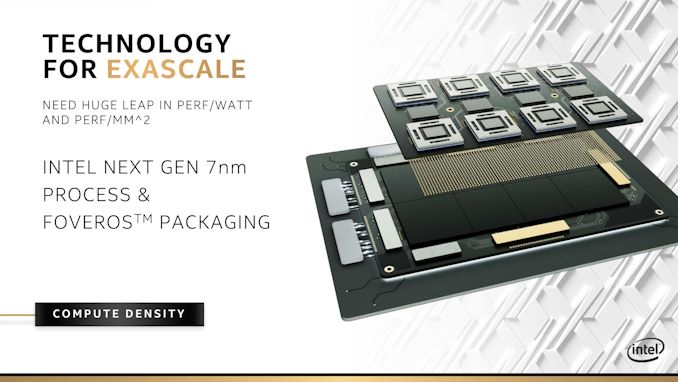
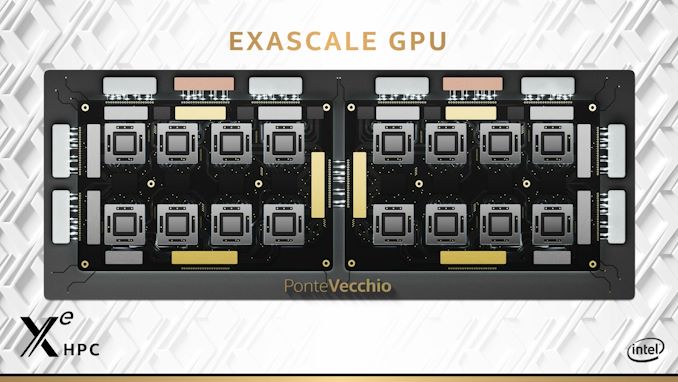

 Quote
Quote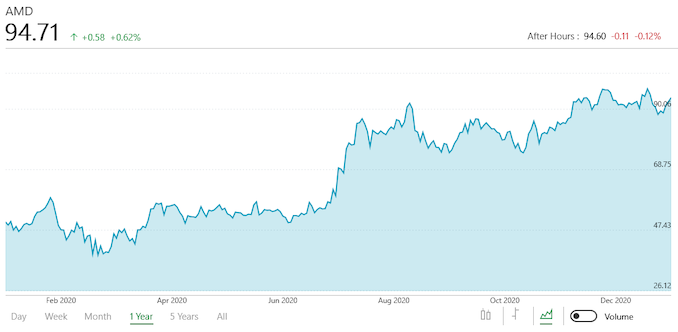
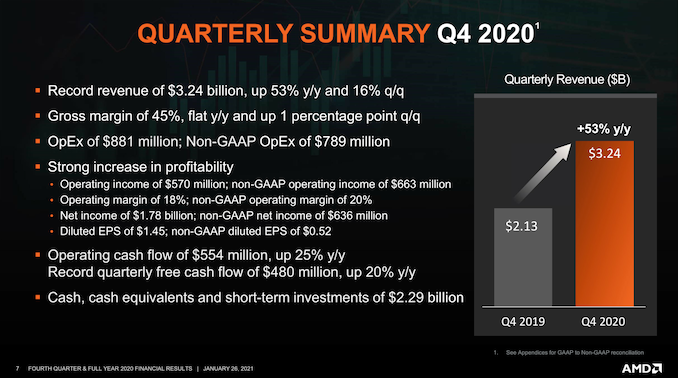
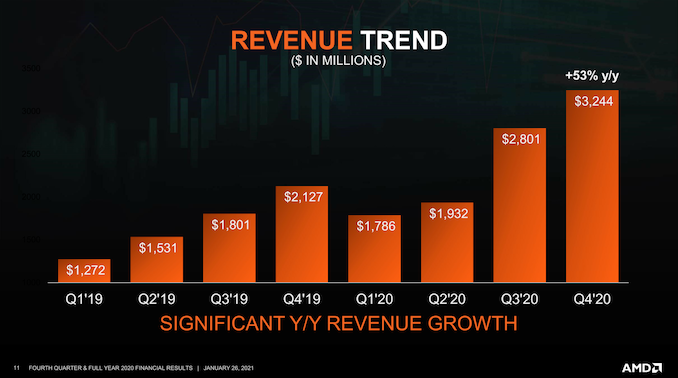
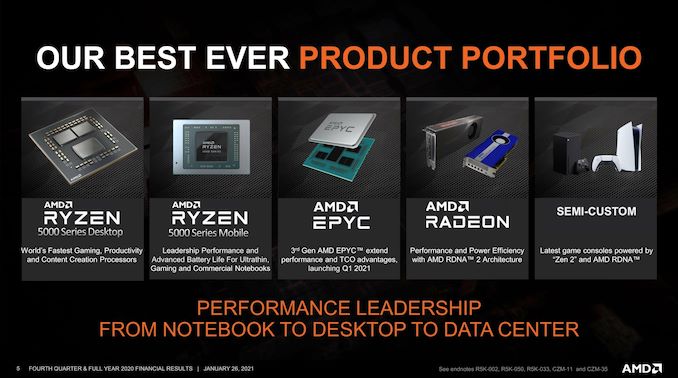
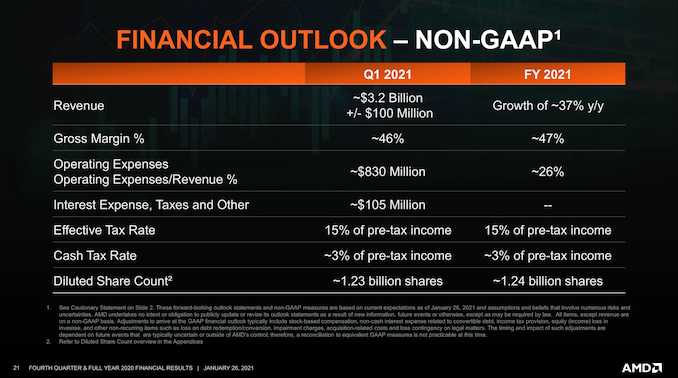

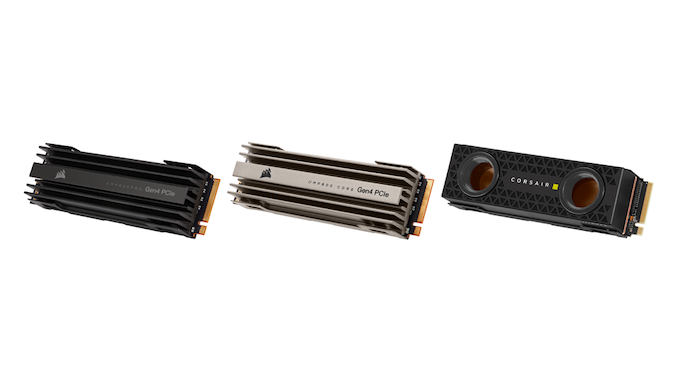
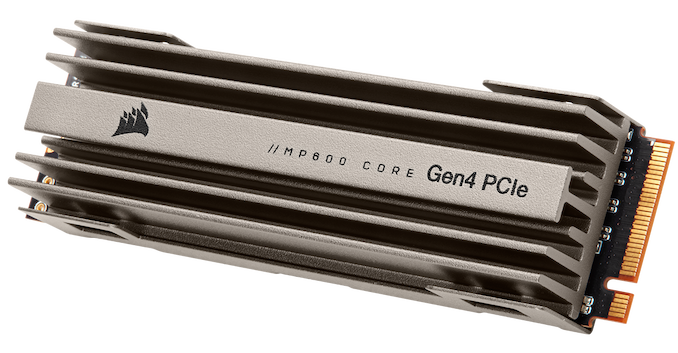
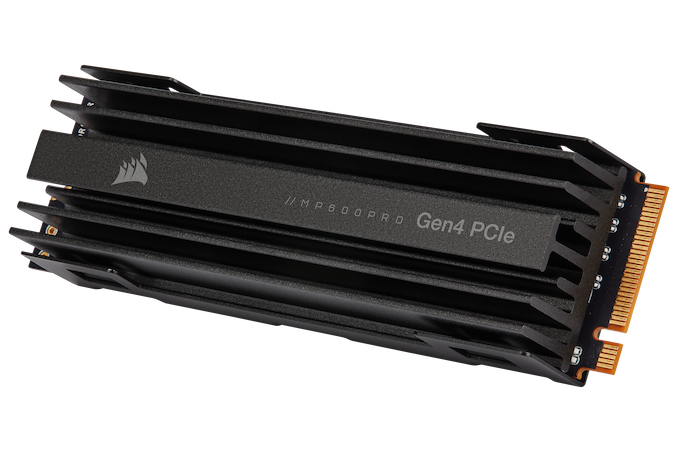
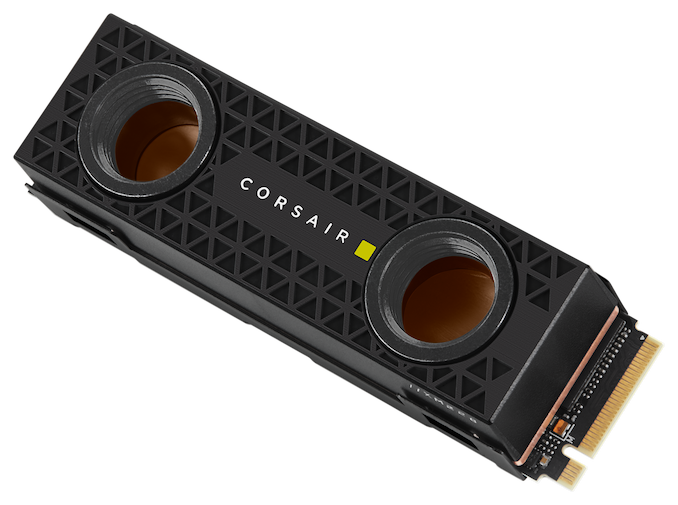

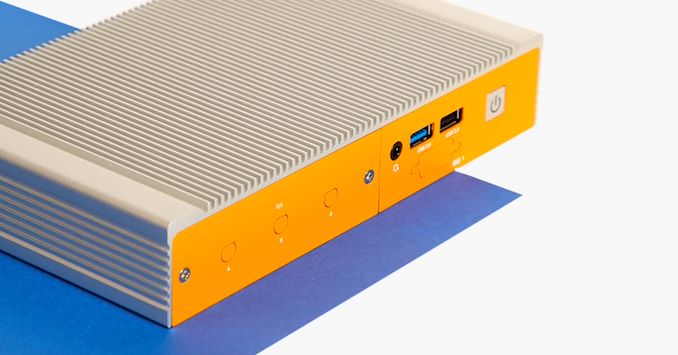
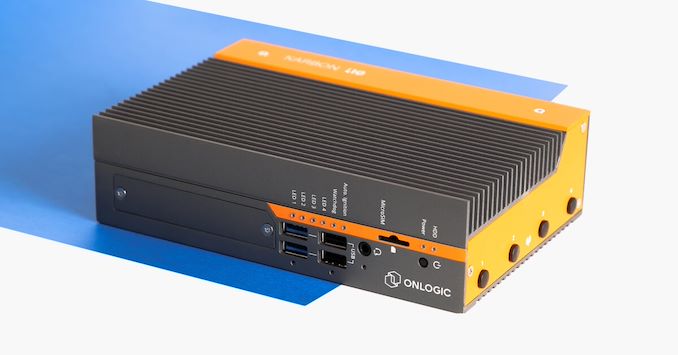
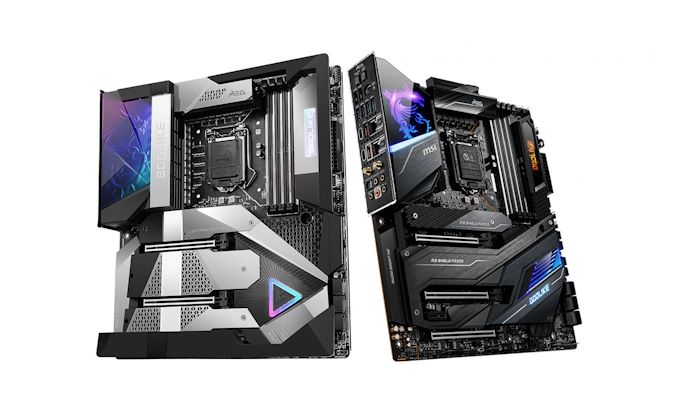
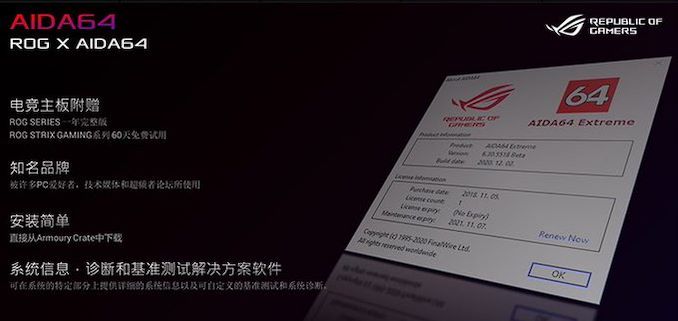

















Bookmarks